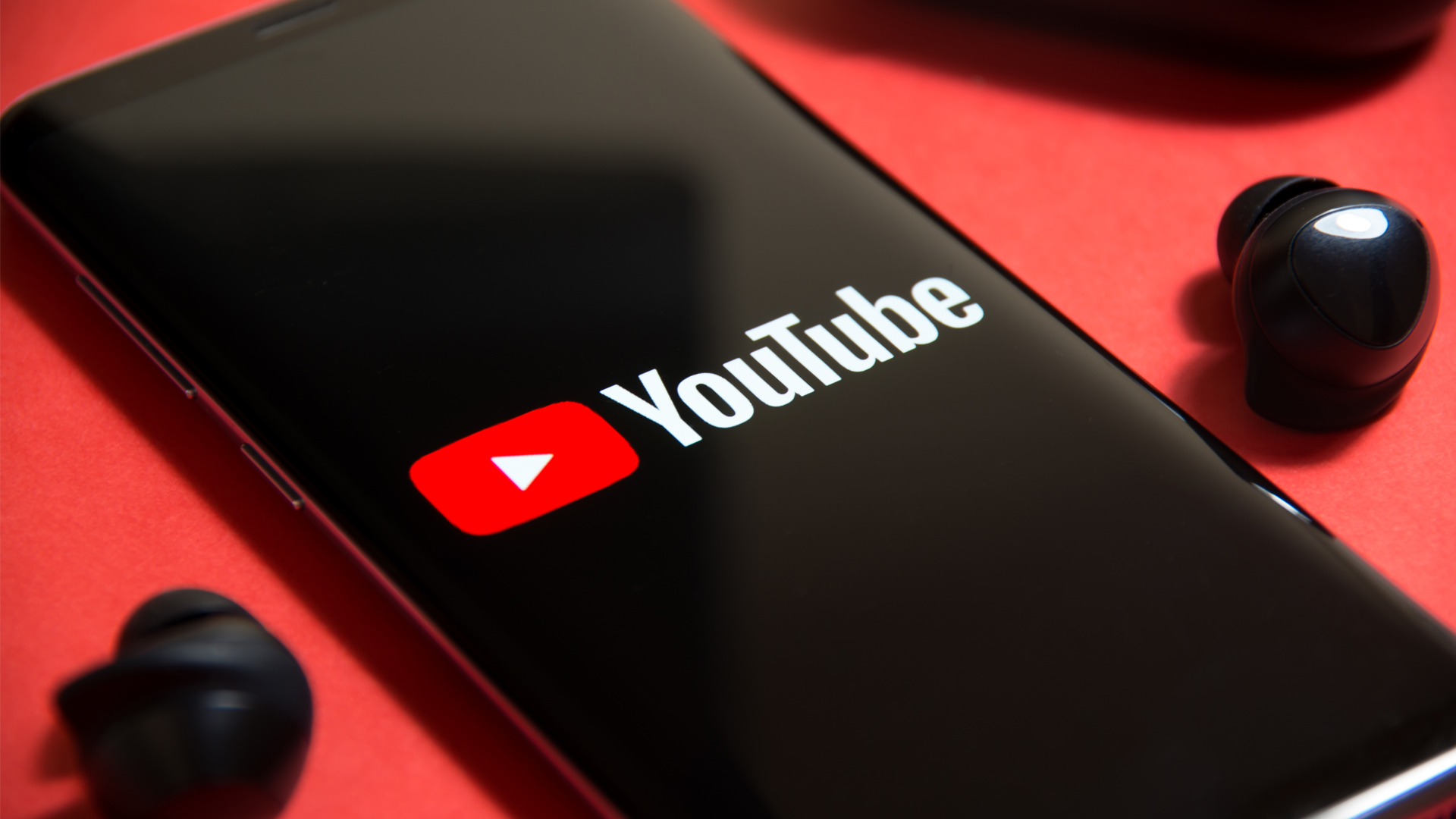Good news: YouTube may get fewer ads on smart TVs. Bad news: they’ll be longer
Would you prefer fewer ad interruptions but longer ad breaks? We would and YouTube's working on it

If you're not a YouTube Premium subscriber, you'll be very aware that normal YouTube on most platforms, including the best TVs, is pretty ad-heavy. Even fairly short videos tend to be interrupted midway through by people trying to sell you stuff.
That's part of the deal, of course, and it'd be pretty hypocritical for us to moan about ads when this article is also paid for by advertising. But there's advertising and there's, ahem, bad advertising. We're fine with ads, but sometimes it can feel as if ads are just a little too aggressive and frequent.
That's something we've particularly noticed on FAST (Free Ad-Supported Television) services, which have a tendency to whack ads right in the middle of movies without any consideration of the context, and on longer YouTube tutorials, which get interrupted frustratingly frequently.
It looks like YouTube is aware of the issue and it's experimenting with different ways to serve up ads. In the near future you might see fewer ads, but the ones you do see may last a little longer.
What kind of ads is YouTube working on?
The reason for Google's revaluation of its ad serving is partly because the way we watch is changing. While YouTube shorts are reaching over two billion users per month, YouTube says that the number of people watching longer content on the service is growing.
in the US, 65% of YouTube connected TV viewers are watching content that's 21 minutes or longer. That makes sense: I know when I'm kicking back and watching YouTube on my smart TV I'm watching very different content than when I'm killing time on my phone. And a frequency of advertising that makes sense when you're trying to monetise short clips can feel a bit much in a documentary or movie.
According to the official Google blog: "When it comes to long-form content on TV screens, 79% of viewers would prefer video ads that are grouped together instead of distributed throughout a video." I'm definitely among that 79%, and Google is now "evaluating new options that minimize average interruptions for viewers, such as fewer, longer ad breaks, to create a more seamless viewing experience on the big screen." Google may also give you better information about how long the ad breaks are going to be.
Sign up for breaking news, reviews, opinion, top tech deals, and more.
That sounds good to me. As a UK viewer, I used to be shocked by how many ad breaks US TV networks had in their shows, but compared to today's streaming ads that seems like a golden age of uninterrupted viewing.
These are all experiments so far, but Google doesn't tend to detail its experiments on the official blog unless they're extremely likely to be rolled out in the very near future. So if you're watching YouTube on a TV, your experience is likely to get a whole lot better very soon.
You might also like

Contributor
Writer, broadcaster, musician and kitchen gadget obsessive Carrie Marshall has been writing about tech since 1998, contributing sage advice and odd opinions to all kinds of magazines and websites as well as writing more than twenty books. Her latest, a love letter to music titled Small Town Joy, is on sale now. She is the singer in spectacularly obscure Glaswegian rock band Unquiet Mind.